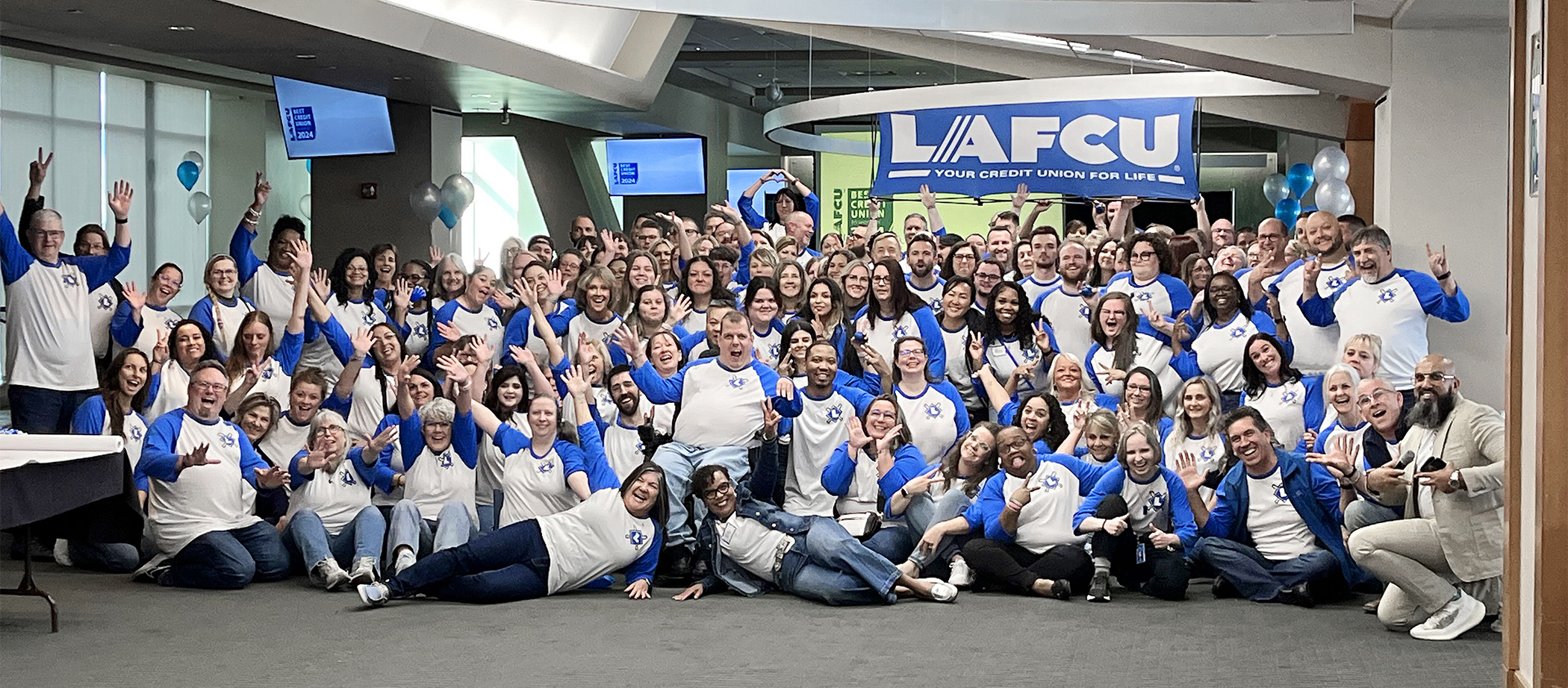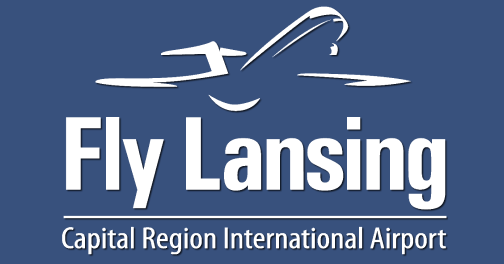 The commercial promise of drones has been limited by their short battery lives and propensity for flying off. Now some companies believe they have a solution: tie the drones to the ground. So-called tethered drones use ultra-strong-but-lightweight cables connected to the ground to provide power, a data link and a physical restraint. That gives them distinct advantages over their free-flying cousins, including hours-long flight times, fast data transmission and an assurance that they won’t fly into an airliner.
The commercial promise of drones has been limited by their short battery lives and propensity for flying off. Now some companies believe they have a solution: tie the drones to the ground. So-called tethered drones use ultra-strong-but-lightweight cables connected to the ground to provide power, a data link and a physical restraint. That gives them distinct advantages over their free-flying cousins, including hours-long flight times, fast data transmission and an assurance that they won’t fly into an airliner.
Like many team coaches, E-Sports coaches oversee practice sessions, analyze game footage and make sure his players get along. Only his players use keyboards, not muscle as they compete in videogame contests with the hope of reaching lucrative championship matches that draw thousands of spectators to arenas and millions more online.
The Air Force is taking steps to address a chronic shortage of drone pilots, sweetening the allure of flying the unmanned planes as part of a plan to alleviate the strains of the job as it tries to meet demands for drones and the video intelligence they provide. The Air Force will offer pilots thousands of dollars in bonus pay if they sign up to fly the remotely piloted craft for 5 years or more.
Much more is highlighted in A Look Ahead.








